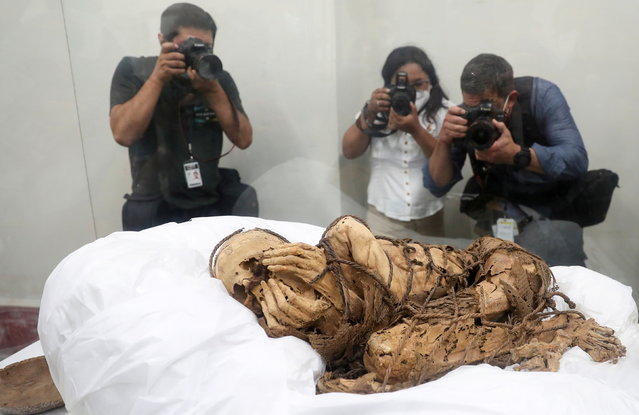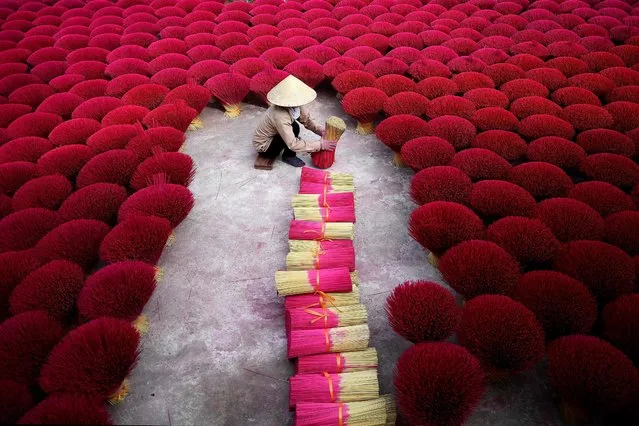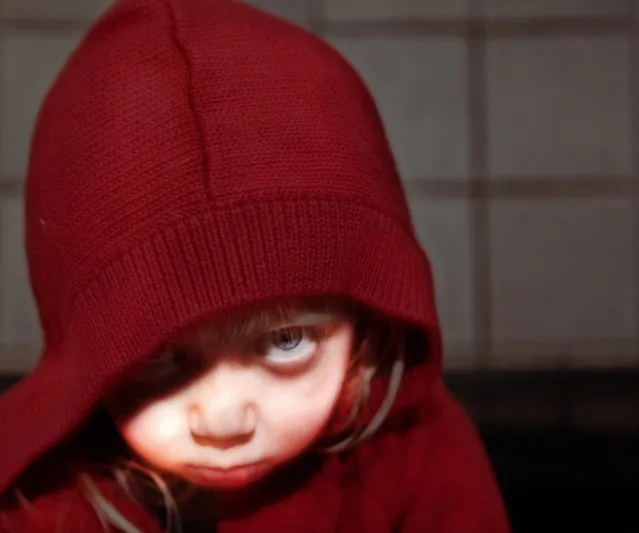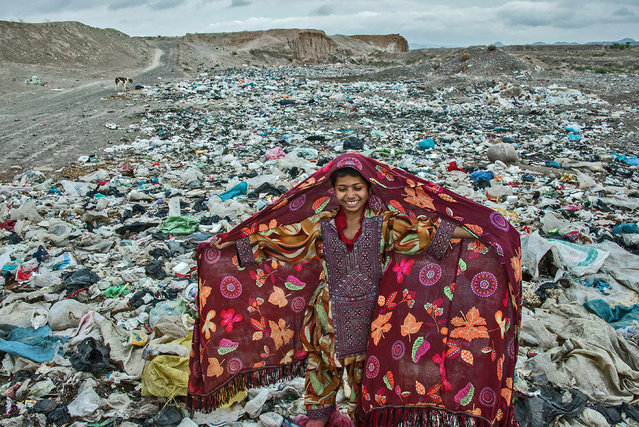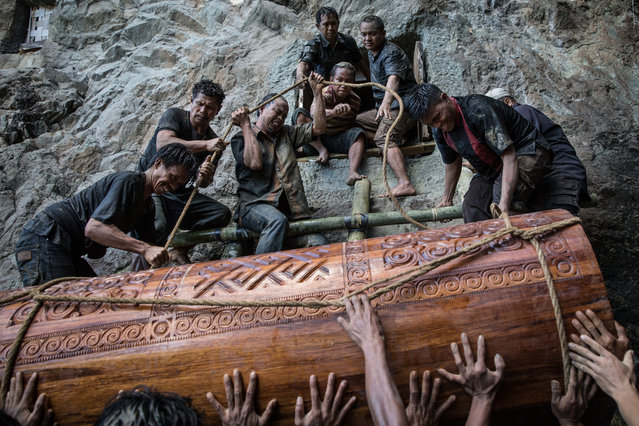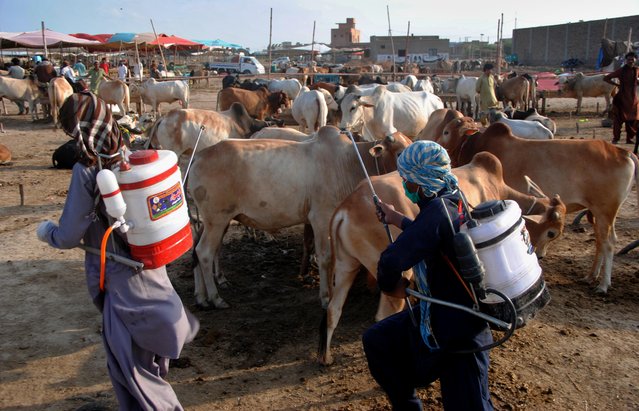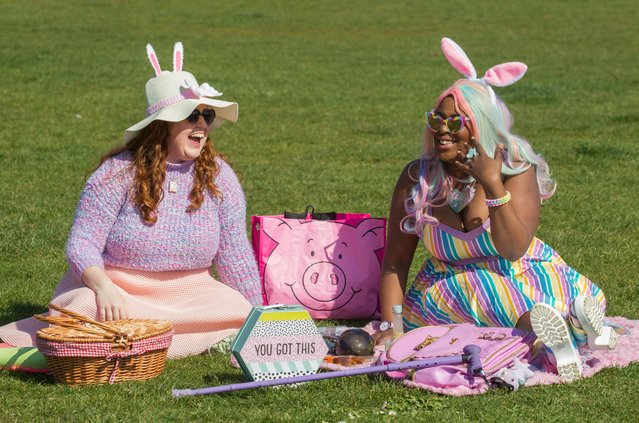
A pair of Easter bunnies socialise in the sunshine on April 4, 2021 in Brighton, United Kingdom. Earlier this week, the UK government eased rules on socialising, permitting groups of six people (or more if limited to two households) to meet outdoors. The latest lockdown measures were imposed at the end of last year to curb a surge in Covid-19 cases. (Photo by David McHugh/Brighton Pictures)
05 Apr 2021 08:51:00,post received
0 comments

